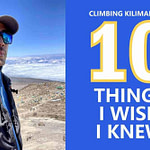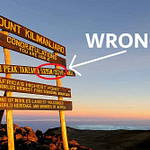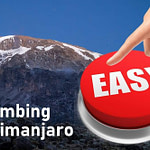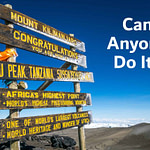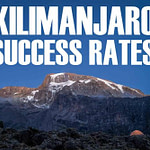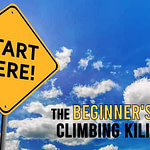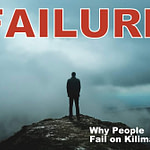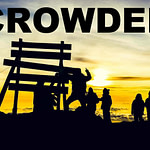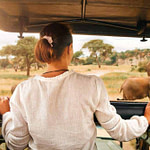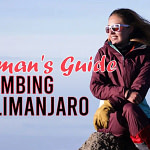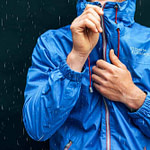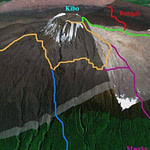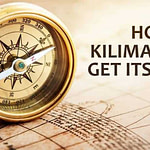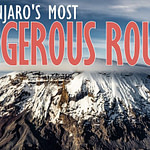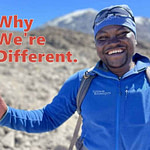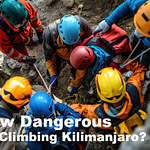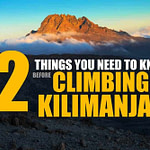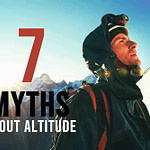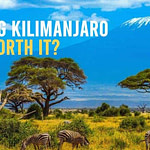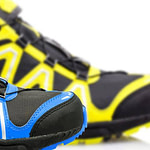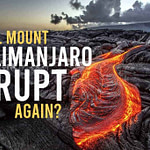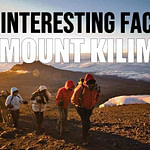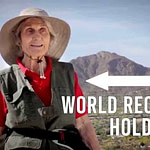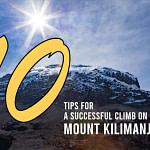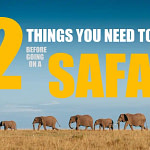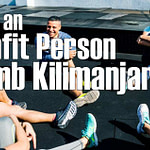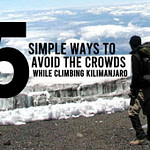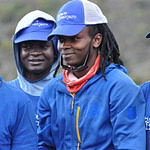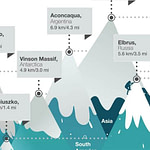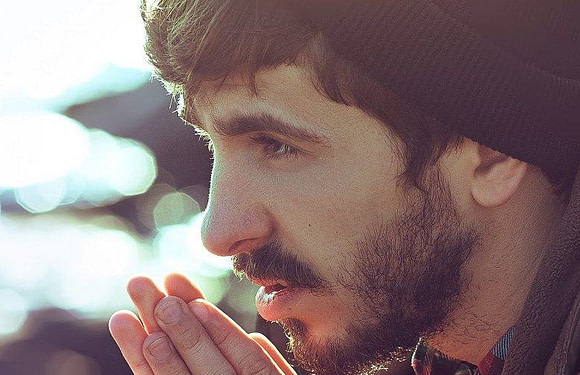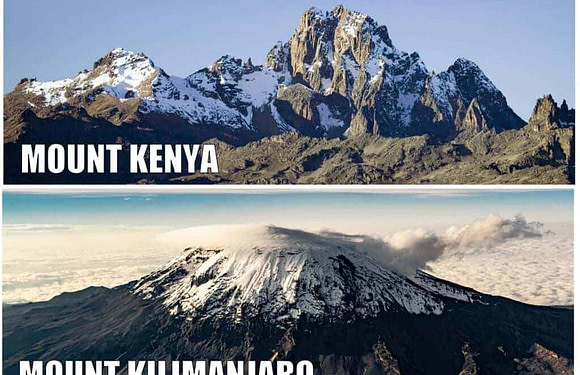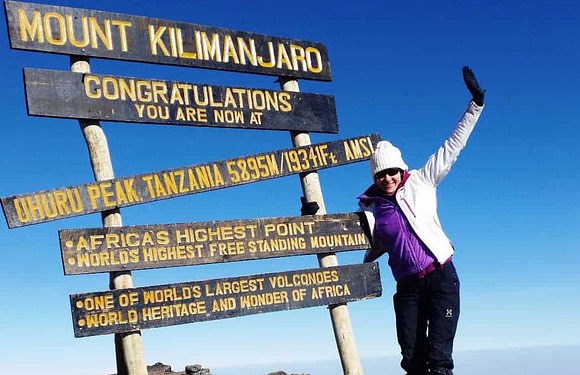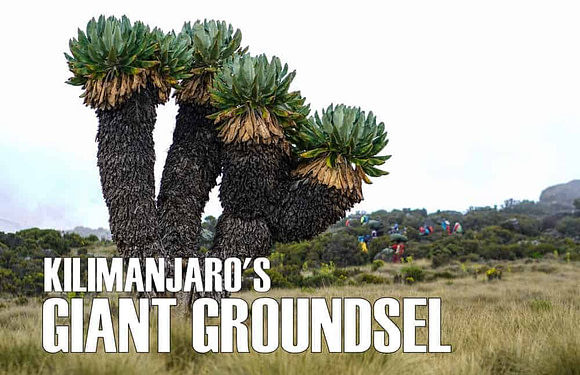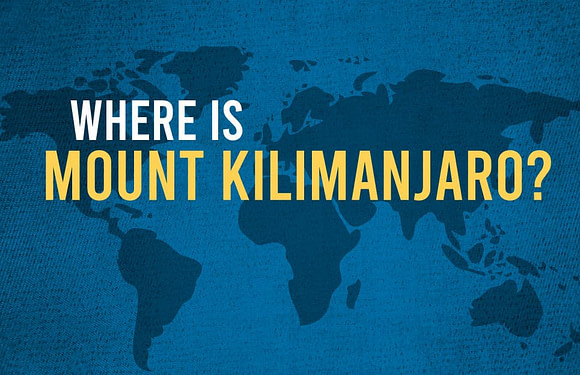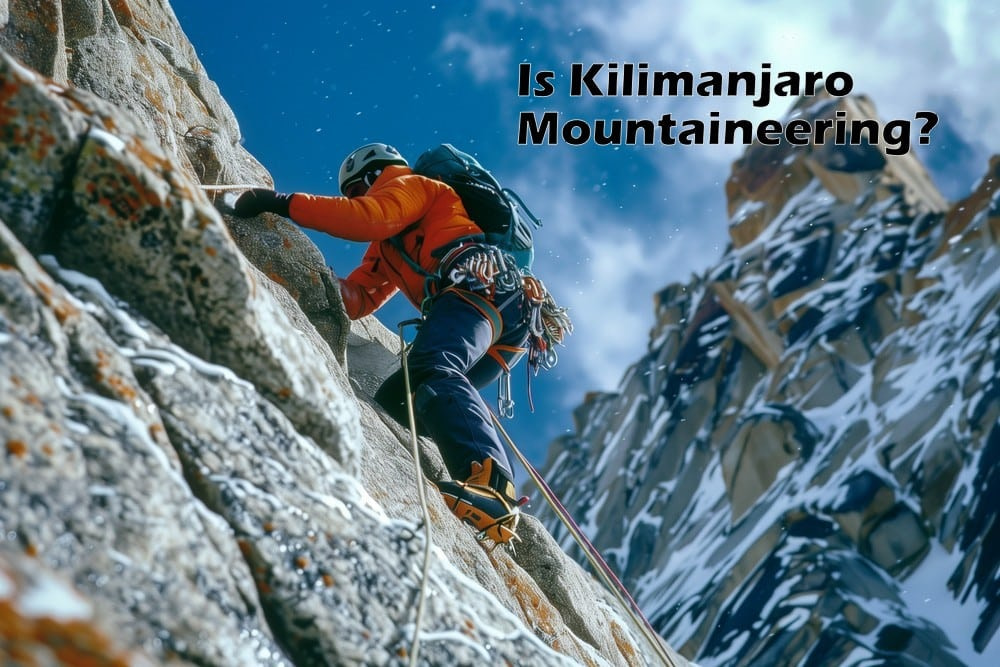
When people hear the phrase “climbing Kilimanjaro,” they typically picture technical mountaineering.
That is, they imagine ice axes in hand, crampons on boots, ropes tied to harnesses, and people hanging on vertical rock and ice. This picture is wrong. Though Mount Kilimanjaro is the highest mountain in Africa at 19,341 feet (5,895 m), it is a hiking mountain, not a technical one.
Kilimanjaro is a “Walk Up” Mountain
Kilimanjaro has many established trails that reach the summit. However, none of them require navigating vertical rock walls or glaciers. The paths may be steep, rocky, or dusty, but they remain walkable. This is important because it shapes how you should train and what gear is needed.
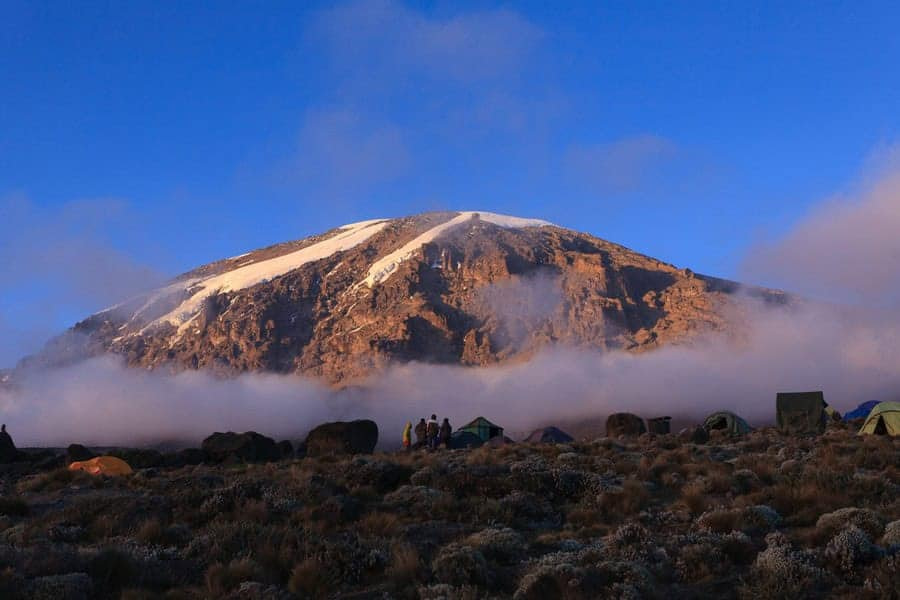
Technical climbing equipment consists of ice axes, crampons, ropes, harnesses, carabiners, belay devices, or protection hardware. If you don’t know what these terms mean, it’s OK. You don’t need to know because these items are not required to tackle the Roof of Africa.
Mount Kilimanjaro is a high altitude trekking peak – suitable for people without technical climbing skills.
Yosemite Decimal System
Many hikers in the United States use the Yosemite Decimal System (YDS) to describe the difficulty of trails and routes. It ranges from Class 1 to Class 5.
Class 1
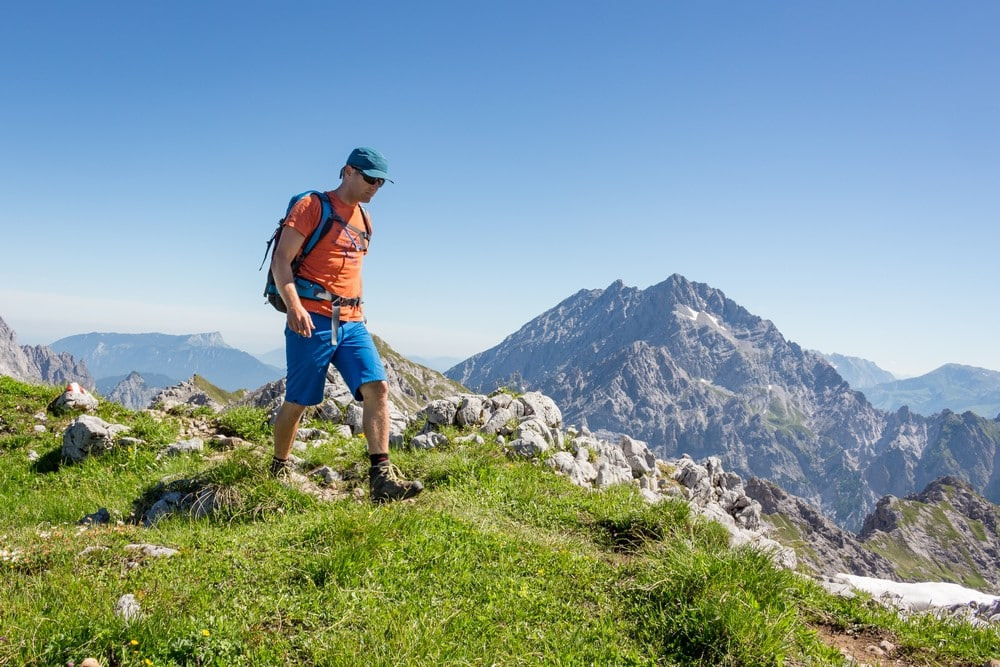
Class 1 is walking on a clear path or trail. This is what most people think of when you say hiking. This is like walking through a park or following a well-built trail in the mountains.
Class 2
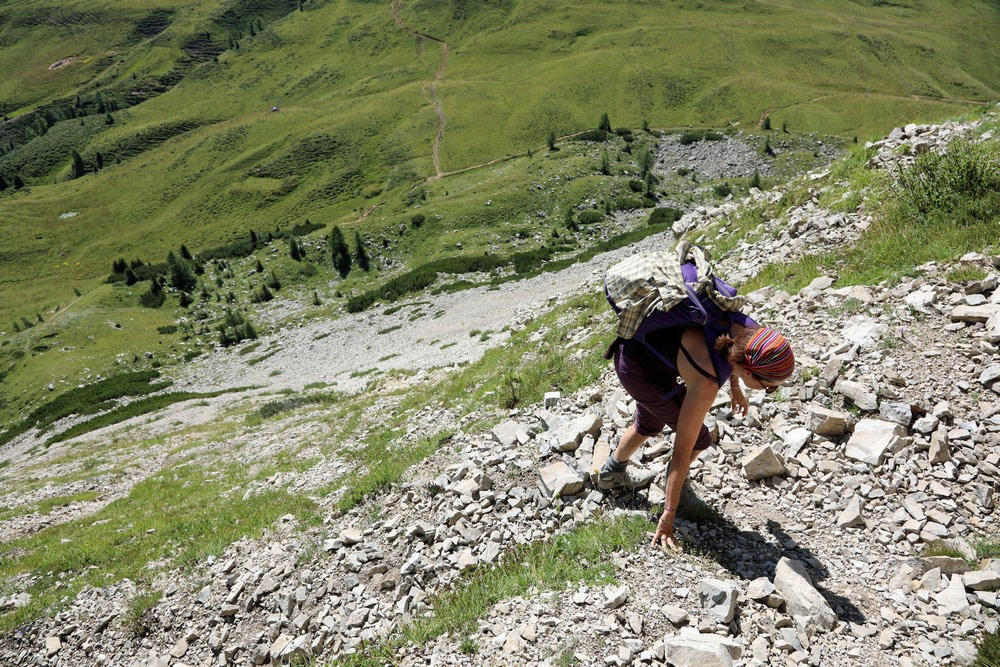
Class 2 is walking on rougher ground where the trail might be rocky, steep, or uneven. Sometimes you may need to put a hand on a rock or the ground to keep your balance, but you are still walking, not climbing.
Class 3
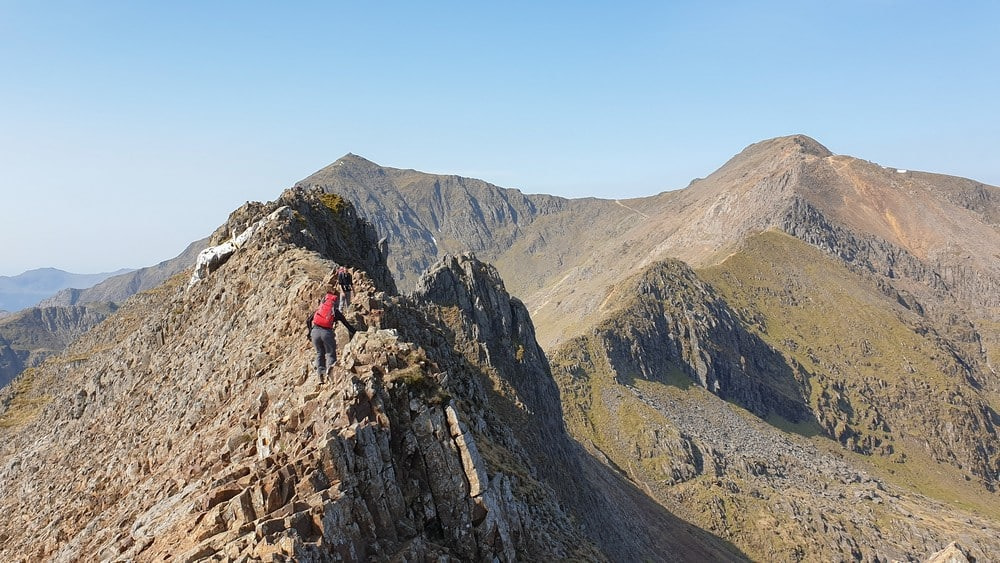
Class 3 is called scrambling. At this level you use both your hands and feet to make progress up the route. You may be pulling yourself up over rocks or climbing short steps. There is also more exposure, meaning there are steep drop-offs nearby. A fall from Class 3 terrain could cause serious injury.
Class 4
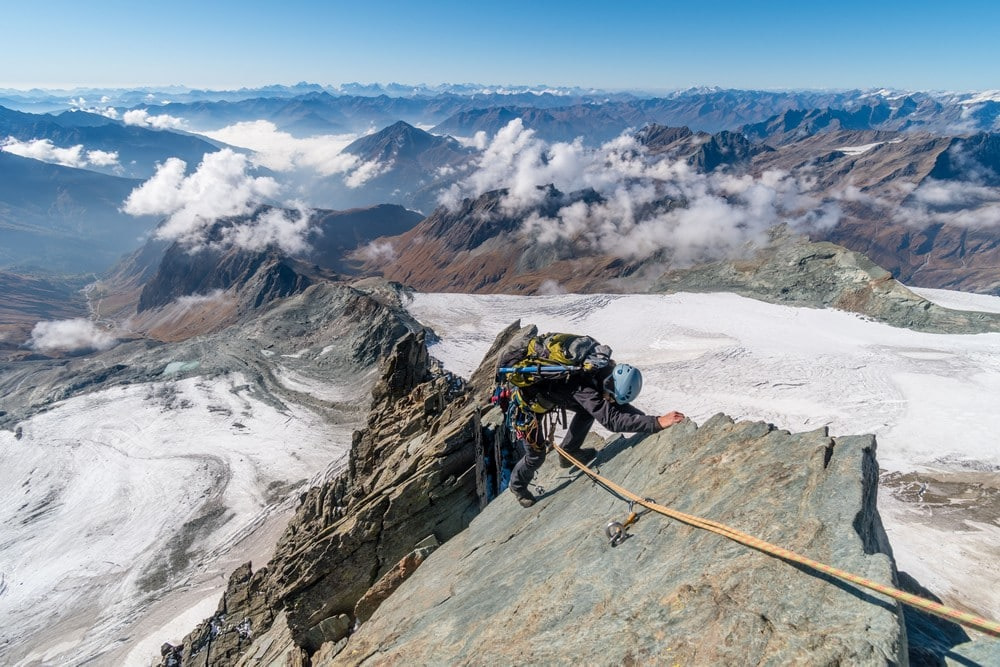
Class 4 is steeper scrambling that starts to feel like real climbing. You will almost always use your hands, and many people choose to use a rope for safety because a fall here could be fatal. Class 4 is not common on regular hiking trails and is considered mountaineering terrain.
Class 5
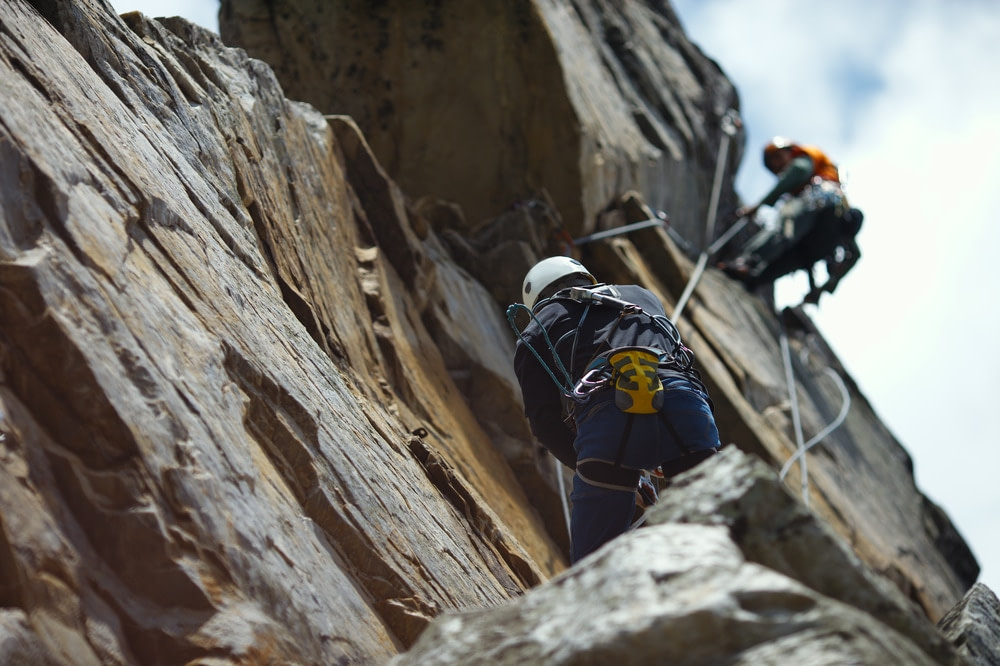
Class 5 is technical rock climbing. At this level a rope, harness, and protective equipment are considered mandatory. The route is steep or vertical, and a fall without safety equipment would almost always be deadly.
Class 5 is broken down further into decimal grades to describe how hard the climbing is. For instance 5.6 is easy, 5.11 is challenging, and 5.14 is elite.
Where Kilimanjaro Fits
Kilimanjaro is considered primarily a Class 1 hike because you walk on established trails all the way to the summit. For most of the route, you are walking on dirt or gravel paths.
That said, not every section feels like a casual trek. Some parts of Kilimanjaro are steeper and rockier, falling into Class 2 hiking. For instance, the scree field near the summit and the famous Barranco Wall. To tackle this rockface, there are some parts where you may need to use your hands for balance or to pull yourself up. Some moves here may be closer to Class 3, or scrambling.
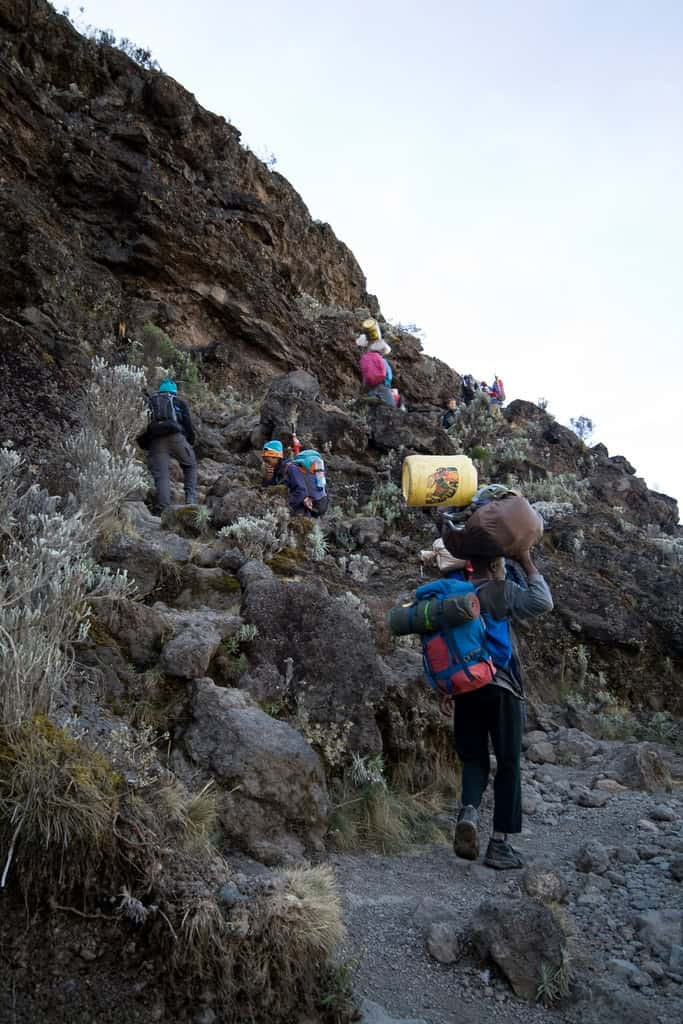
So while Kilimanjaro has a few short stretches that feel more challenging, the mountain as a whole is a Class 1 trekking peak. It is a hike from start to finish, with no technical climbing skills necessary.
Other Rating Systems
Outside the U.S., other systems are used. In Europe, the UIAA scale (International Climbing and Mountaineering Federation) rates technical climbs from I to XII. Kilimanjaro does not even register, since it involves no technical climbing.
In the Alps, trekking routes are graded T1 to T6 under the Swiss Alpine Club scale, with T1 being easy hiking and T6 being demanding, unmarked alpine routes. Kilimanjaro is a T2 or “mountain hiking” route.
When is Climbing Equipment Necessary?
Climbing equipment is used when terrain becomes very steep or exposed. Ropes protect against falls. Crampons grip ice. Ice axes stop slips on snowfields. Kilimanjaro does not present these kinds of technical hazards.
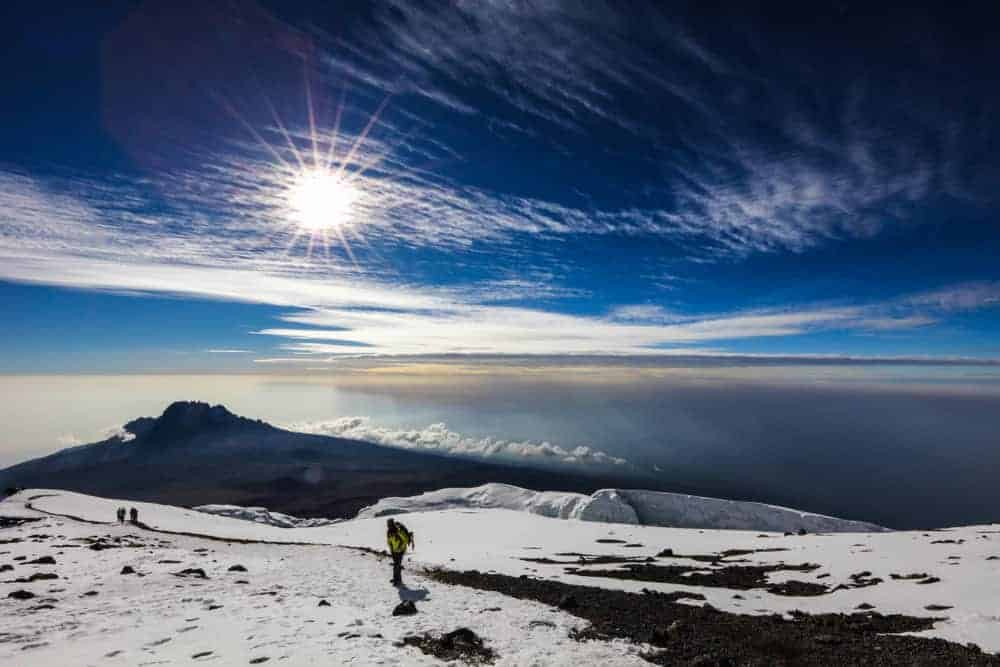
Kilimanjaro may have snow at the summit, but it is usually light and temporary. The mountain does have glaciers, but the routes do not cross them. By staying on the established paths, climbers avoid crevasses, frozen slopes, vertical rock and exposed ridges.
Contrast this with true mountaineering peaks such as Denali in Alaska or Matterhorn in Switzerland. On Denali, climbers must rope together to cross glaciers cut with deep crevasses (See Why Do Mountaineers Rope Together?). On the Matterhorn, the steep ridges are so exposed that fixed ropes are installed to prevent fatal falls. On mountains like these, specialized gear, technical skills, and previous experience are essential.
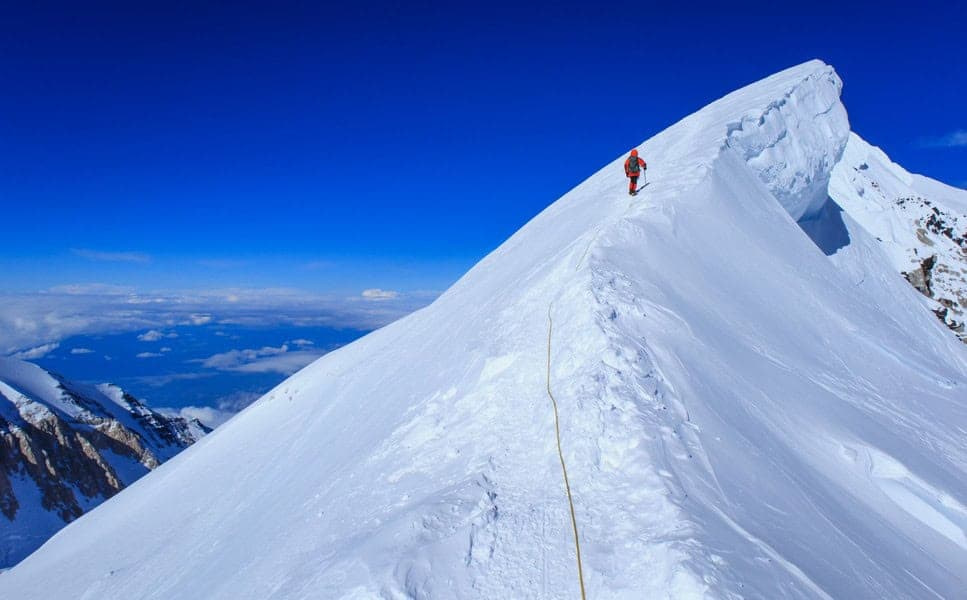
The bottom line is that Kilimanjaro does not require mountaineering. It is a trekking peak, accessible by trail from start to finish. Therefore, when training for Kilimanjaro, your goal is to build fitness that is specific to hiking. That means you should be able to walk uphill for hours at a steady pace, for multiple consecutive days.


